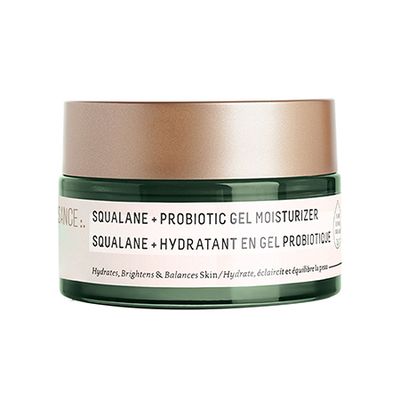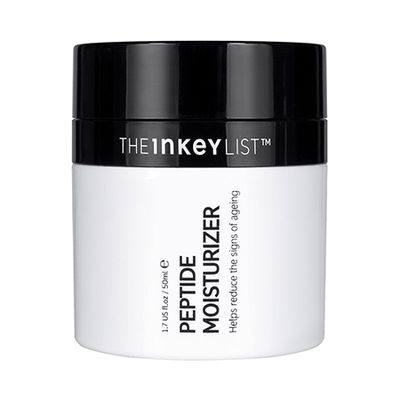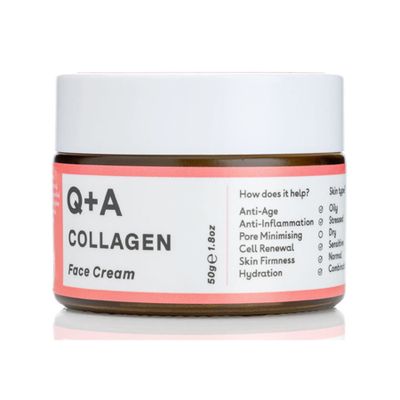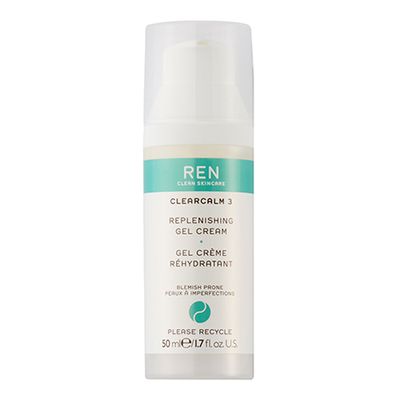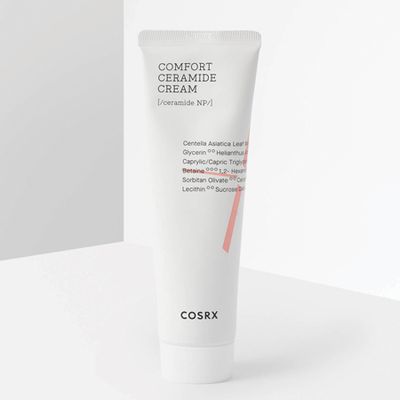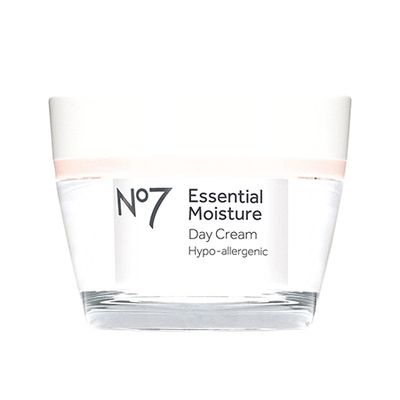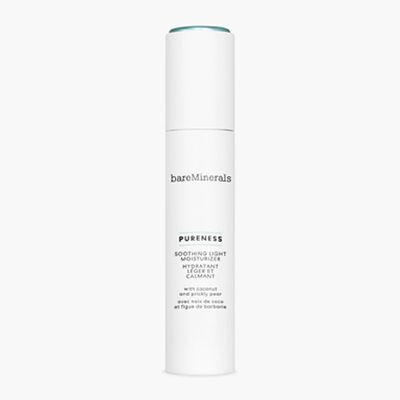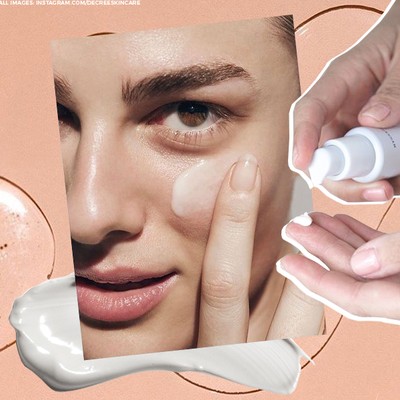
8 Moisturising Mistakes You Might Be Making
MYTH: Stick To One Type Of Moisturiser
TRUTH: “Your skin’s needs may change on a day-to-day basis,” says skincare expert, Dr Anita Sturnham. “Factors such as stress, hormones, travel and lifestyle can all impact our skin’s hydration levels and leave us prone to dryness. I recommend owning two moisturisers – one with a lighter formulation, the other with a richer one. Quite often our skin benefits from a lighter textured product in the morning and a slightly richer one at night but there may be days that you need a thicker barrier AM and PM, for example on a cold day or after a long-haul flight. Become an expert in your own skin, and select the texture of your moisturiser to suit your skin’s exact needs on the day.”
MYTH: Opt For A Heavier Cream
TRUTH: “Often, my clients use creams that are far too rich for their skin, with the mindset that the thicker the formula, the better the anti-ageing effects,” explains leading London-based facialist, Abigail James. “Try not to follow this motto as anything too heavy won’t penetrate the skin as easily, preventing it from doing its rejuvenating job. This is because thicker products are often packed full of pore clogging petrolatum, bulking agents and silicones – long-term use of this can trigger both sensitivity and breakouts. Instead, choose featherweight formulations that use naturally derived humectants and emollients, such as apricot kernel, jojoba and glycerine. These types of products will provide intensive moisturisation without clogging.”
MYTH: Skip It If You Have Oily Skin
TRUTH: “Your skin has an internal, self-hydrating mechanism,” adds Anita. “It produces sebum (the skin’s natural oil) when it is dry. If you avoid using moisturiser altogether, your oil producing glands will get a message that they need to make more oil, so skin gets congested and breakouts often get worse as a result. Always moisturise morning and night, but keep your eyes peeled for non-pore clogging formulations – aka, non-comedogenic, to prevent irritation and spots.”
MYTH: Ditch Moisturiser When Using SPF
TRUTH: “This is a very common misconception,” claims Abigail. “SPF should always come last (but before make-up) in your skincare regime, but never as a replacement for your moisturiser. The reason for this is both serve two different purposes – SPF works as a protective film on top of all your skincare, shielding your complexion from damage, while moisturiser is needed to restore hydration and deliver ingredients deeper into the skin. In short, you need both, not one or the other.”
MYTH: Limit Usage To Avoid Spots
TRUTH: “Moisturising maintains the integrity of the skin’s barrier function and is vital for good skin health,” says Anita. “Even oily skin needs moisturising, as excess oils do not equate to effective skin hydration. It’s also important to follow a consistent routine. You should apply your moisturiser after cleansing and toning. Use a light moisturiser that is 'non-comedogenic,’ meaning it contains ‘pore-neutral’ ingredients that won’t clog your pores. If you don’t moisturise you can make spots worse. If the skin gets dehydrated, its internal hydration system, the oil glands (sebaceous glands) go into overdrive and start producing excessive oil to compensate. In turn, this can actually make oily skin and spots much worse.”
MYTH: Save Moisturiser For Your Face Only
TRUTH: “Yes your face is important, but so is your neck and décolletage,” says Abigail. “You don’t need a whole new routine for past your chin, just make sure you’re running your skincare and whole regime down your neck each time, too – especially SPF. The skin here is so much thinner with a different cell composition, so it needs the same treatment, but with a gentler application.”
MYTH: Use A Serum Instead Of Moisturiser
TRUTH: “A serum is designed to feed and treat the deeper dermal layers of your skin. A moisturiser's job is to protect and hydrate the most superficial skin layer, the epidermis,” advises Anita. “They both play important but different roles in protecting and supporting your skin's needs and therefore should be used in synergy with one another. Apply your serum before your moisturiser, AM and PM.”
MYTH: Apply Only To De-Hydrated Skin
TRUTH: “A moisturiser is designed to support and protect the top layers of your skin,” says Anita. “It helps to prevent moisture escaping, via a process called transepidermal moisture loss, leaving your skin’s barrier plump and rehydrated. Regardless of your skin type, moisturiser has a role in your daily AM and PM regime. Choose the texture to suit your skin’s needs on the day and look for beneficial ingredients such as skin boosting peptides, and a non-pore clogging formulation, with hydrating plant-based nutrients such as squalane and apricot kernel.”
Shop the best moisturisers on the market with our SL-approved edit…
For more information visit AbigailJames.com & Nuriss.co.uk
INSPIRATION CREDITS: Instagram.com/decreeskincare
DISCLAIMER: We endeavour to always credit the correct original source of every image we use. If you think a credit may be incorrect, please contact us at info@sheerluxe.com.
